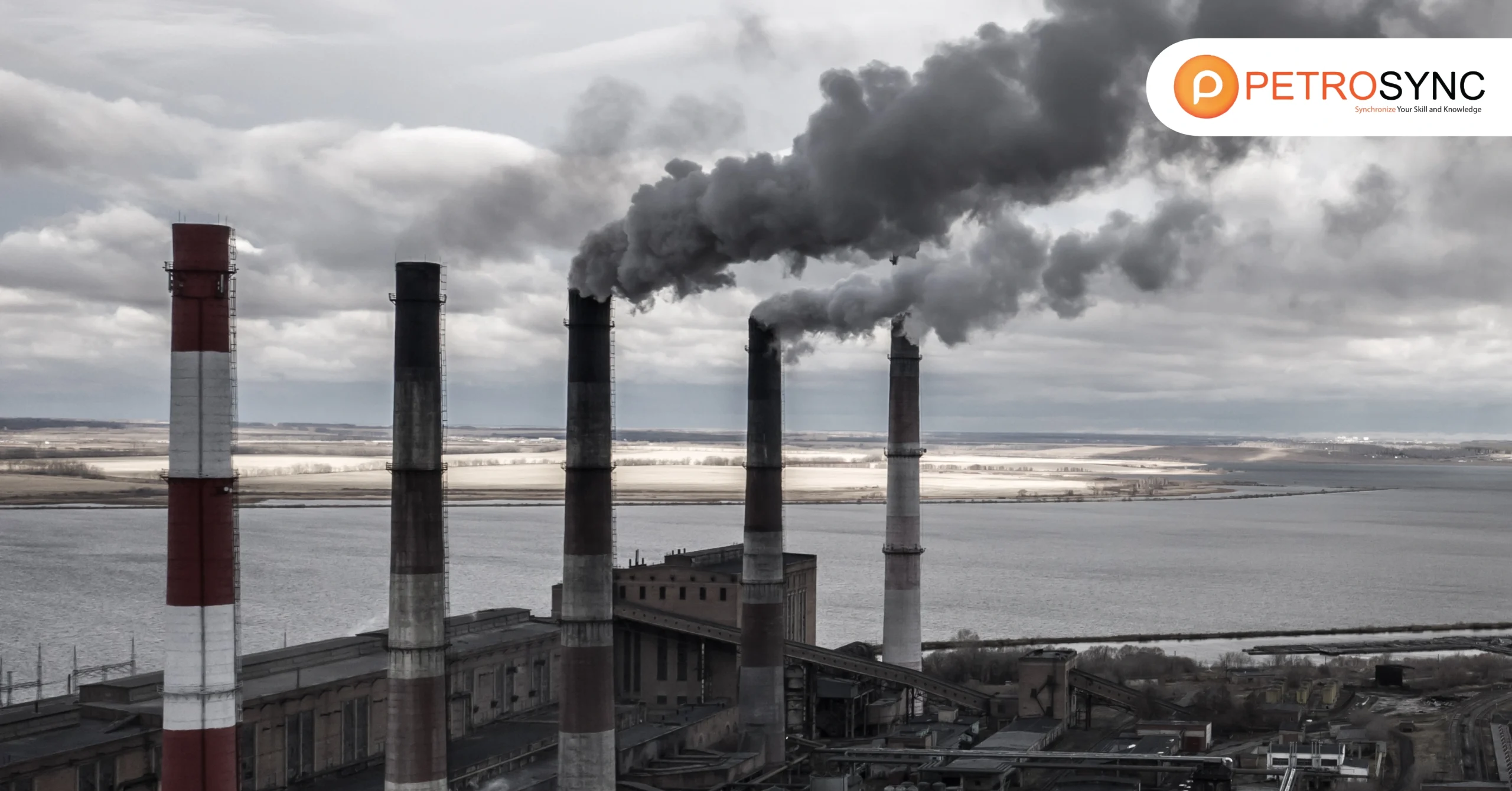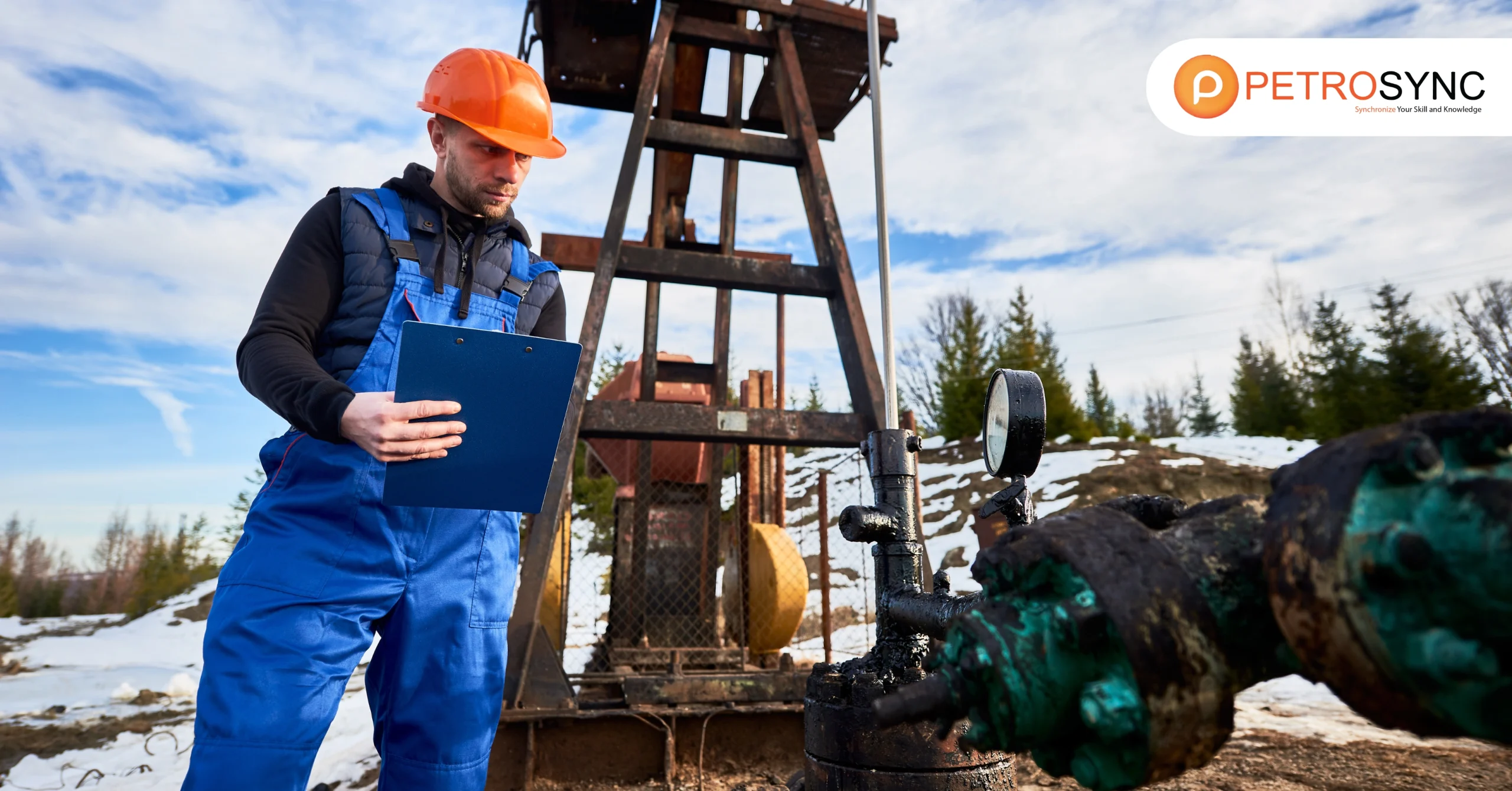Petroleum oil reservoir is like hidden treasure lies deep beneath the Earth’s surface, holding valuable reserves of oil and natural gas. In this article, let’s learn about how these reservoirs form, the different types, and how they are essential for…
The CMRP exam is known for its challenges. Still, with a clear understanding of the exam format and the implementation of strategic moves, it becomes a manageable process. This certification exam, designed to assess knowledge and proficiency in maintenance and…
Obtaining an API 936 Certification is a structured process that requires eligibility assessment, thorough preparation, successful examination, and periodic renewal to ensure that you remain a qualified and competent professional in refractory materials and inspection. If you are planning to…
Fossil fuel is one of the most rapidly growing commodities in the global market. From powering our homes to fueling transportation and driving industrial processes, fossil fuels play a central role in our daily lives and the world economy. This…
The oil and gas industry stands as one of the cornerstones of modern civilization. From powering transportation to fueling global economies, this sector plays an indispensable role. While it often operates behind the scenes, its impact on our daily lives…
The energy industry relies heavily on pressure vessels to store and transport various types of fluids and gases, and the safe and reliable operation of these vessels is crucial to the overall safety and efficiency of the operation activity. ASME…
Refractory material is important to be made used of in oil and gas, petrochemical, power generation industries. As this equipment is exposed to high temperatures, chemical corrosion and mechanical stress they require the proper refractory materials. One way to make…
In the realm of manufacturing and material engineering, heat treatment is critical for increasing the strength and durability of many materials. Whether you’re working with metals, alloys, or other materials, heat treatment is used to change the physical and mechanical…
Petroleum engineering is a critical field that blends creativity and technological competence in today’s energy-intensive environment. From hydrocarbon extraction to production optimisation, this profession accelerates industry and meets global energy demand. But what is petroleum engineering, and how will it…
Permeability is described as a material’s ability to enable fluids to pass through it. It is an essential feature for businesses that rely on efficient fluid transport. porous tests and formulas are useful for examining reservoirs in the oil and…











